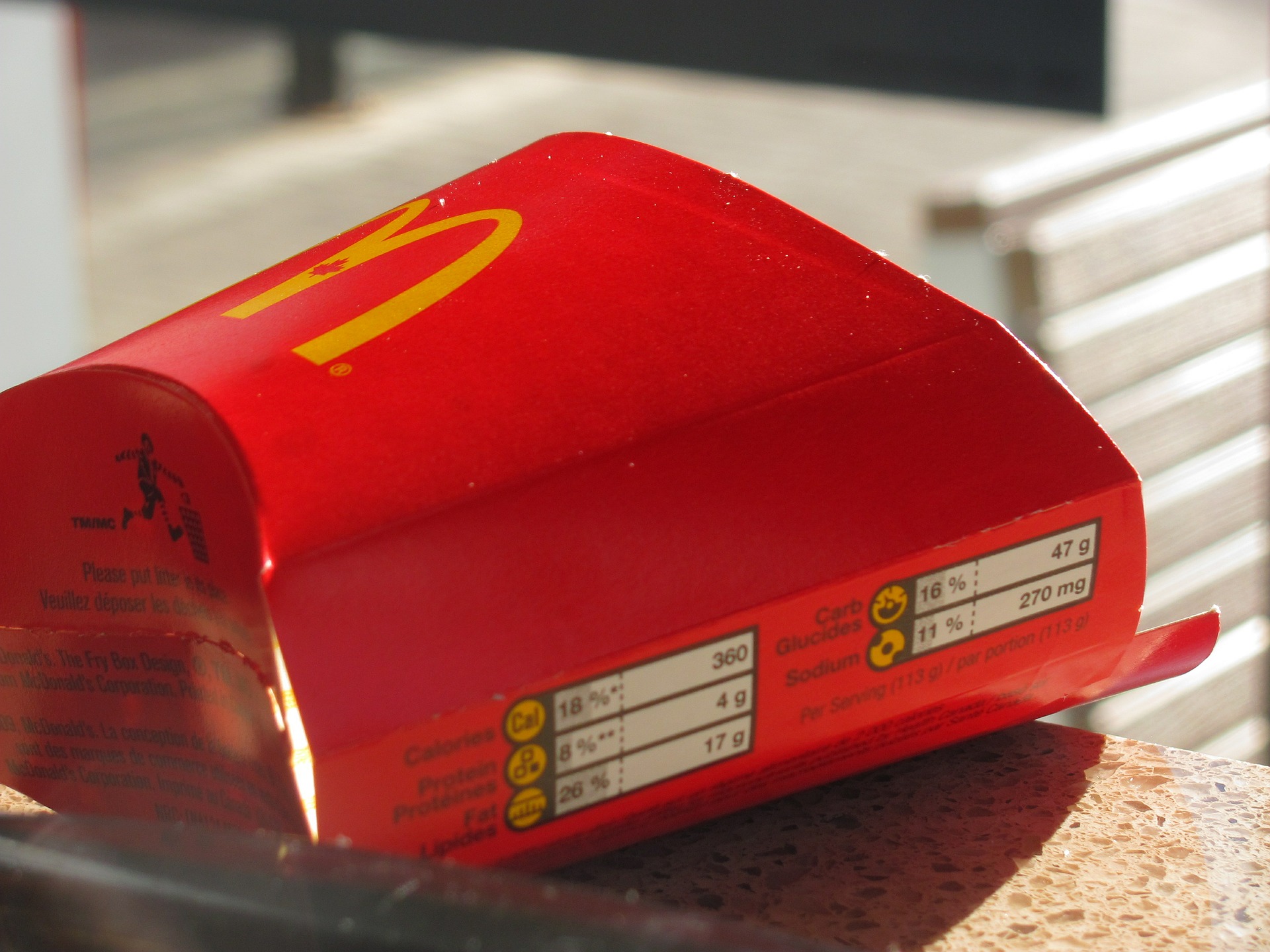Is it a terrible PR move or just a juicy corporate communications case? Yesterday McDonald’s announced it is suing ex-CEO Steve Easterbrook over previously undisclosed relationships with company employees. The complaint even claims “nude, partially nude, or sexually explicit” photos as evidence.
Yikes. The Easterbrook story is notable, and not just for obvious reasons. As the suit proceeds, it will surely result in more messy revelations for the company, which spends millions to promote a family-friendly brand.
Back in the fryer…
And it didn’t have to be this way. Easterbrook was let go in 2019 because of what was termed a “consensual relationship” with an unnamed employee. It was a disruptive move, but hardly the salacious backstory that the lawsuit has now served up. The ouster made headlines. It also threatened the company’s stock price because Easterbrook was credited with a turnaround at the burger giant. But a new chief executive arrived three months later, and in time, the stock rebounded and things simmered down.
As David Enrich of The New York Times notes, “Normally such disputes would be resolved – and buried – in hushed boardroom settings.”
So, why jump back into the fryer now? Although forced out, the former CEO came away with a rich compensation package reported to be worth $40 million. Monday’s lawsuit seeks to recoup those funds, claiming that Easterbrook lied and hid evidence of his sexual liaisons with subordinates, one of whom he awarded a lucrative batch of company shares.
Keeping the arches golden
But surely this isn’t just about money. As Enrich notes, most companies of the size and stature of McDonald’s would surely choose to move on with a minimum of public fuss rather than risk a protracted lawsuit that rakes up presumably resolved cultural issues and bad behavior at the top.
My bet is that it’s part of a longer-term strategy to shore up the company’s brand reputation led by new CEO Chris Kempczinski and his comms team. McDonald’s has been dogged by allegations of sexual harassment at franchise locations, and a former employee filed a class-action suit alleging a “toxic work culture.”
Just a few months after Kempczinski took over as CEO, The Wall Street Journal report ran a story about a McDonald’s company culture that enabled “partying and fraternizing between some senior managers and rank-and-file employees.”
Kempczinski reportedly conducted extensive feedback reviews with employees and managers. In a company New Year’s message he slammed the “party culture” and pledged to recommit to a professional one that is more in line with company values.
Can you put a price on culture?
Maybe Kempczinski or his PR advisers were concerned that the details of Easterbrook’s relationships would emerge, and the suit is a defensive move. But it seems more likely that the litigation is exactly what the new CEO promised — a clean sweep for the freewheeling, possibly toxic “old” culture and a promise to walk, rather than just talk, when it comes to corporate values. There’s no way to do that without a reckoning.
It’s a rare move and one that should be applauded, not just by reputation experts, but by decision-makers at other organizations who face similar challenges. You know who you are.

